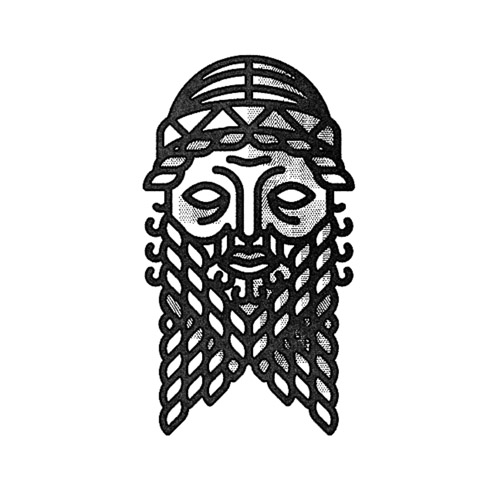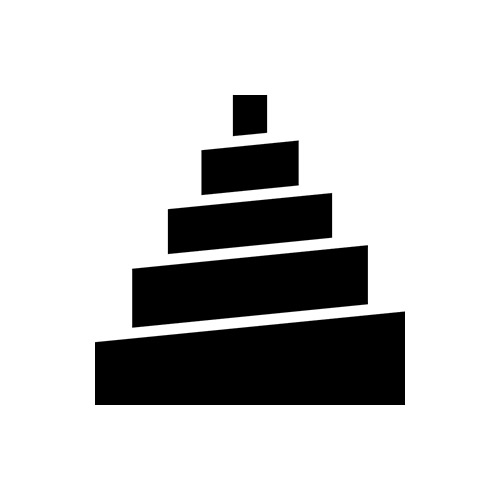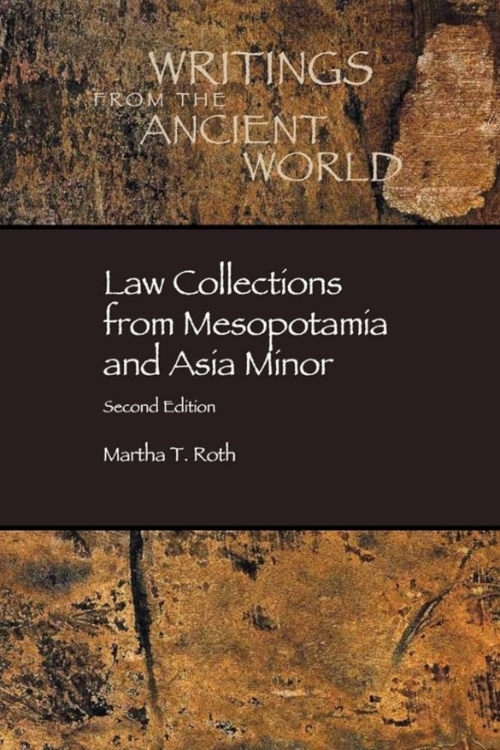The CAD project was initiated in the early 1920s, not long after James Henry Breasted founded the Oriental Institute in 1919, and barely one hundred years after the decipherment of the cuneiform script. This initial decipherment, and the soon-to-follow achievements in understanding the languages in which the hundreds of thousands of clay tablets were inscribed, opened an unsuspected treasure-house for the study and appreciation of one of the world's oldest civilizations. The Chicago Assyrian Dictionary was conceived to provide more than lexical information alone, more than a one-to-one equivalent between Akkadian and English words. By presenting each word in a meaningful context, usually with a full and idiomatic translation, it recreates the cultural milieu and thus in many ways assumes the function of an encyclopedia. Its source material ranges in time from the third millennium B.C. to the first century A.D., and in geographic area from the Mediterranean Sea in the west to the Zagros Mountains in the east. Completed in 2010, the Chicago Assyrian Dictionary has become an invaluable source for the study of the civilizations of the ancient Near East, their political and cultural history, their achievements in the sciences of medicine, astronomy, mathematics, linguistics, and the timeless beauty of their poetry.
As of August 2010, the Editorial Board includes the following individuals: Robert D. Biggs, John A. Brinkman, Miguel Civil, Walter Farber, Erica Reiner, Martha T. Roth, and Matthew W. Stolper.
Source: Author or Publisher











